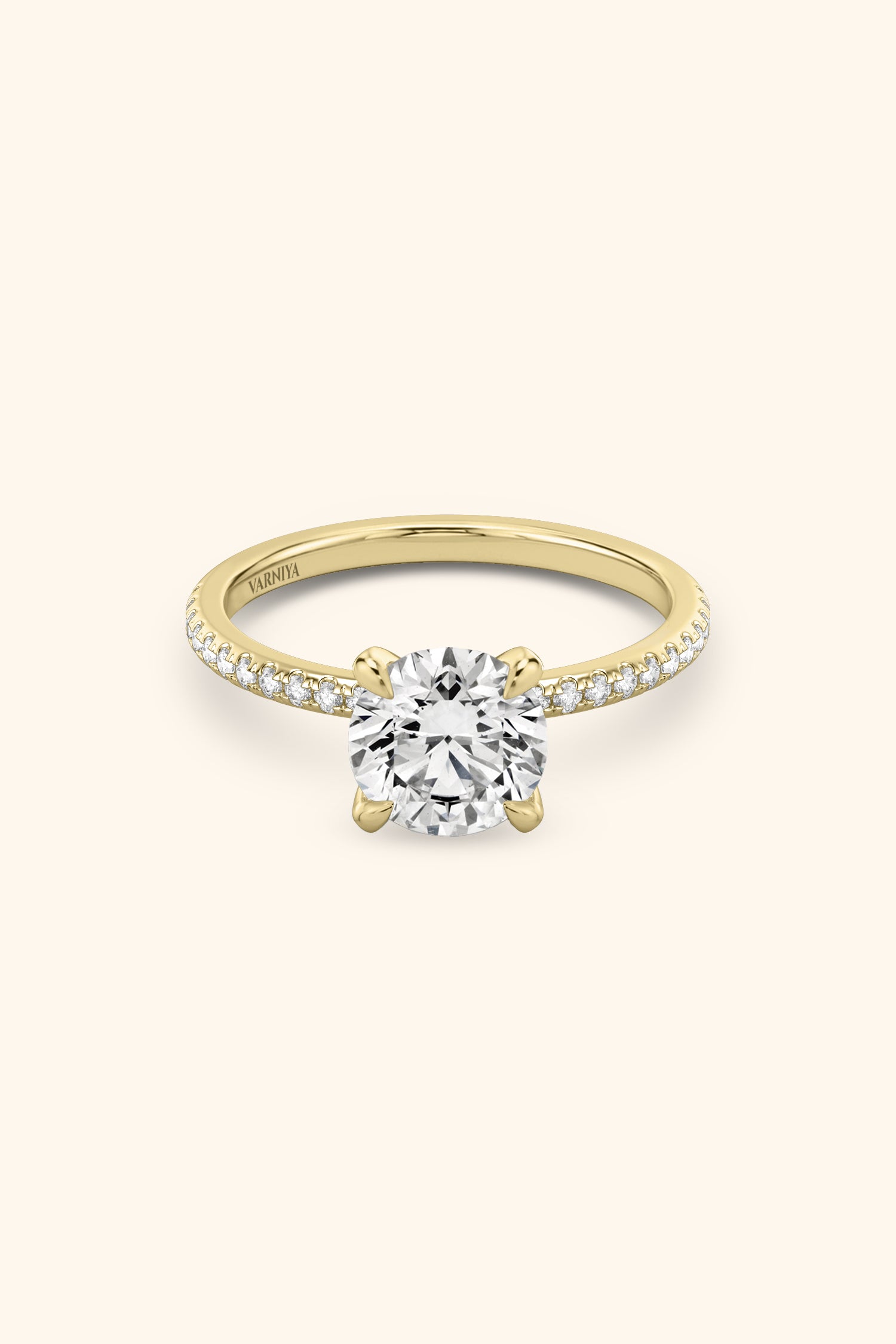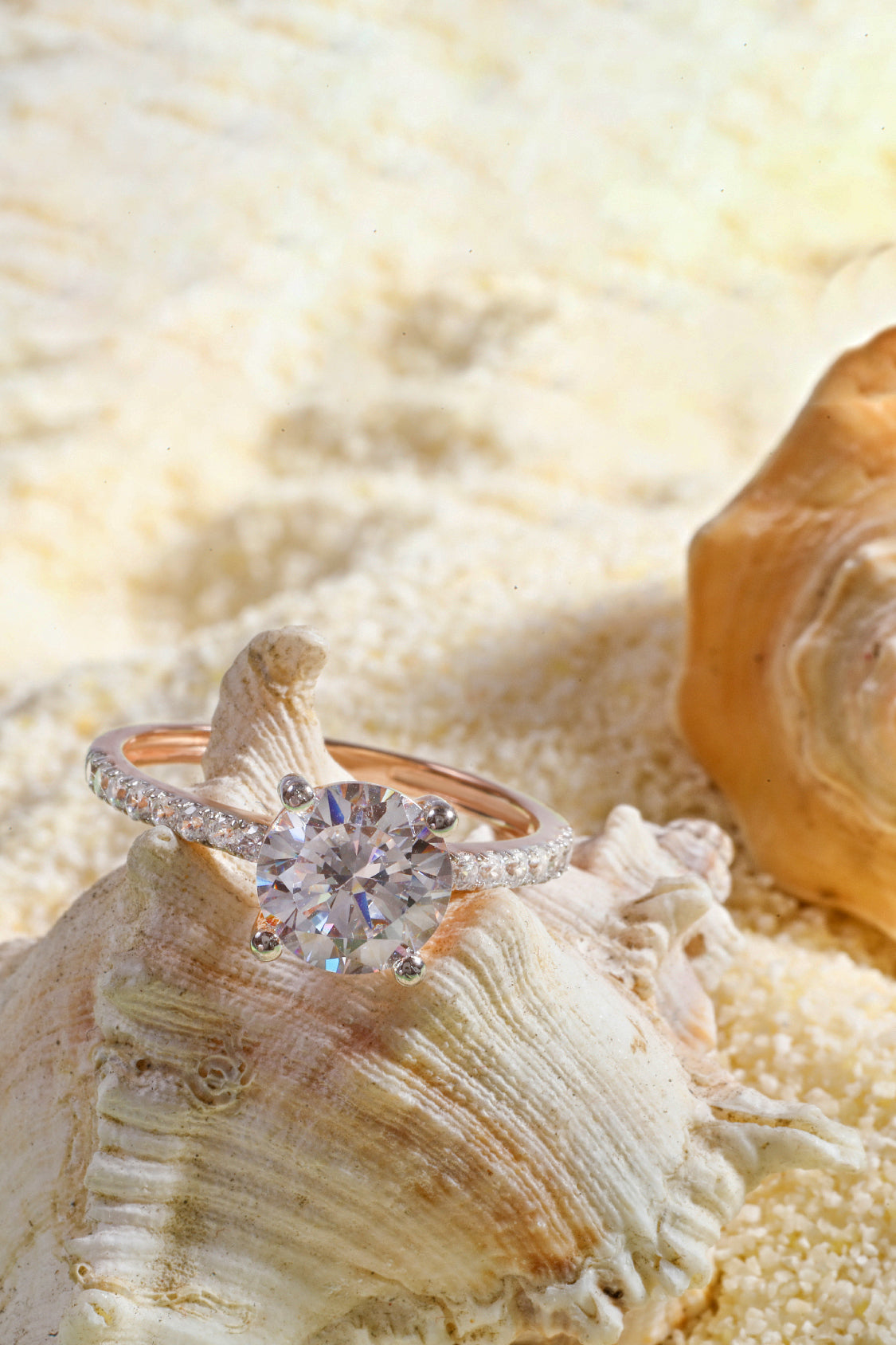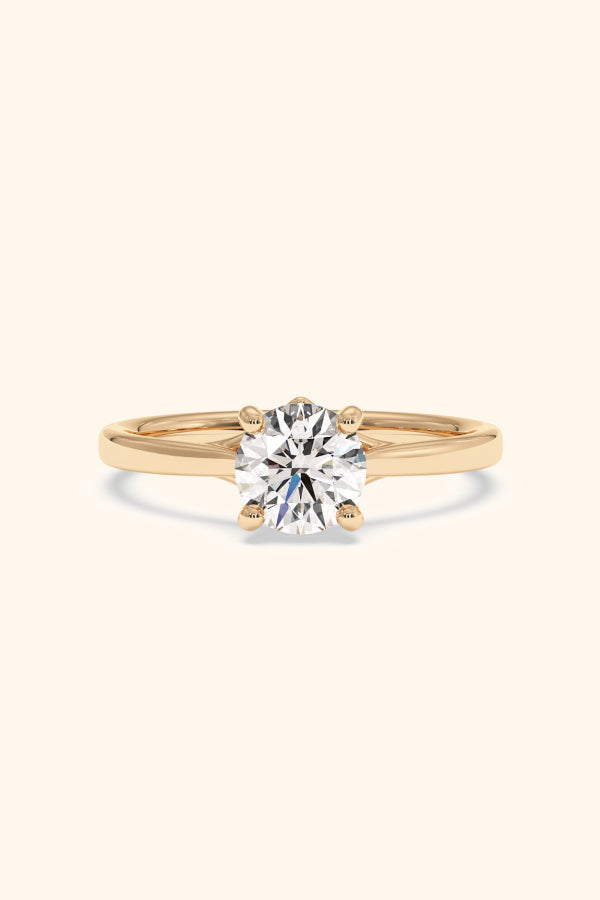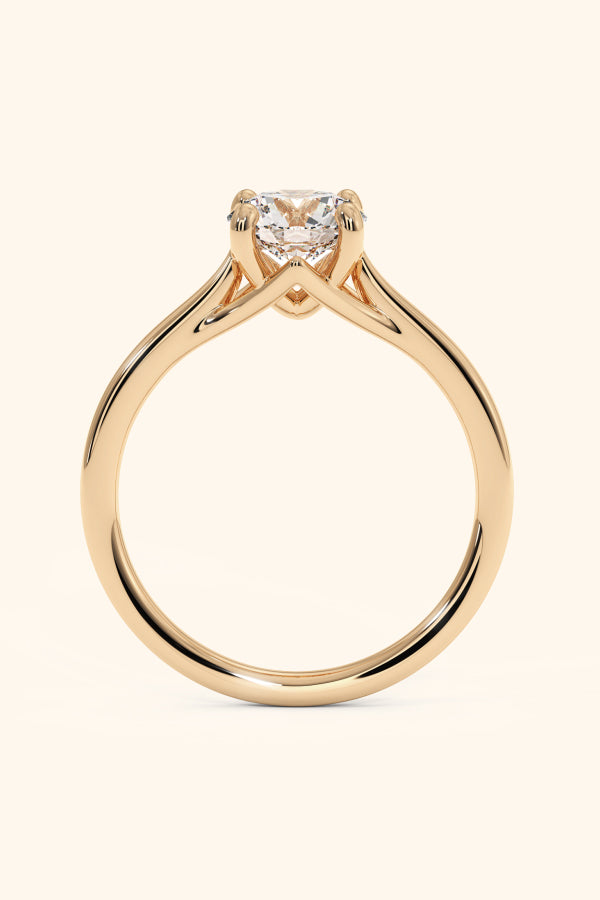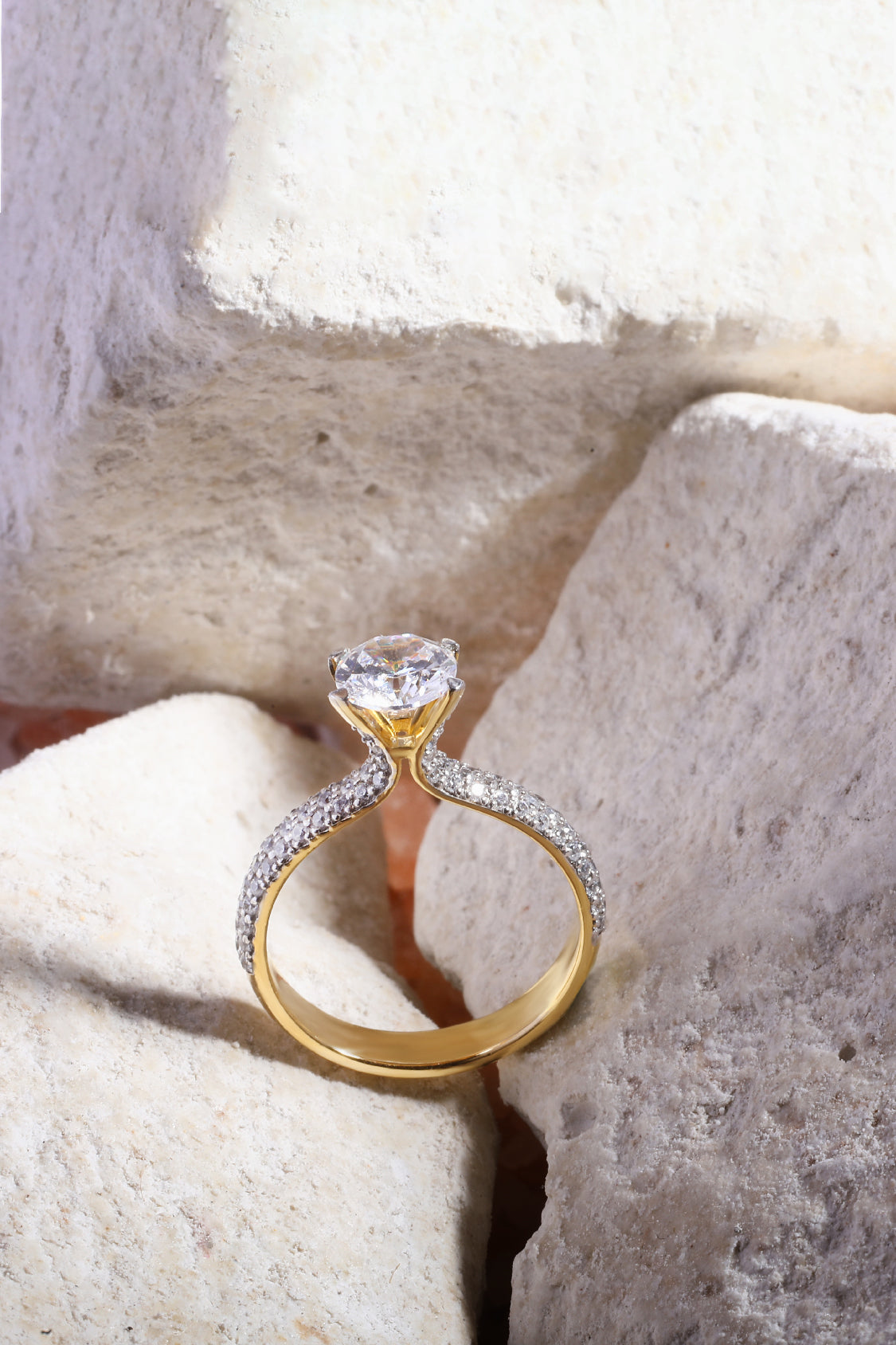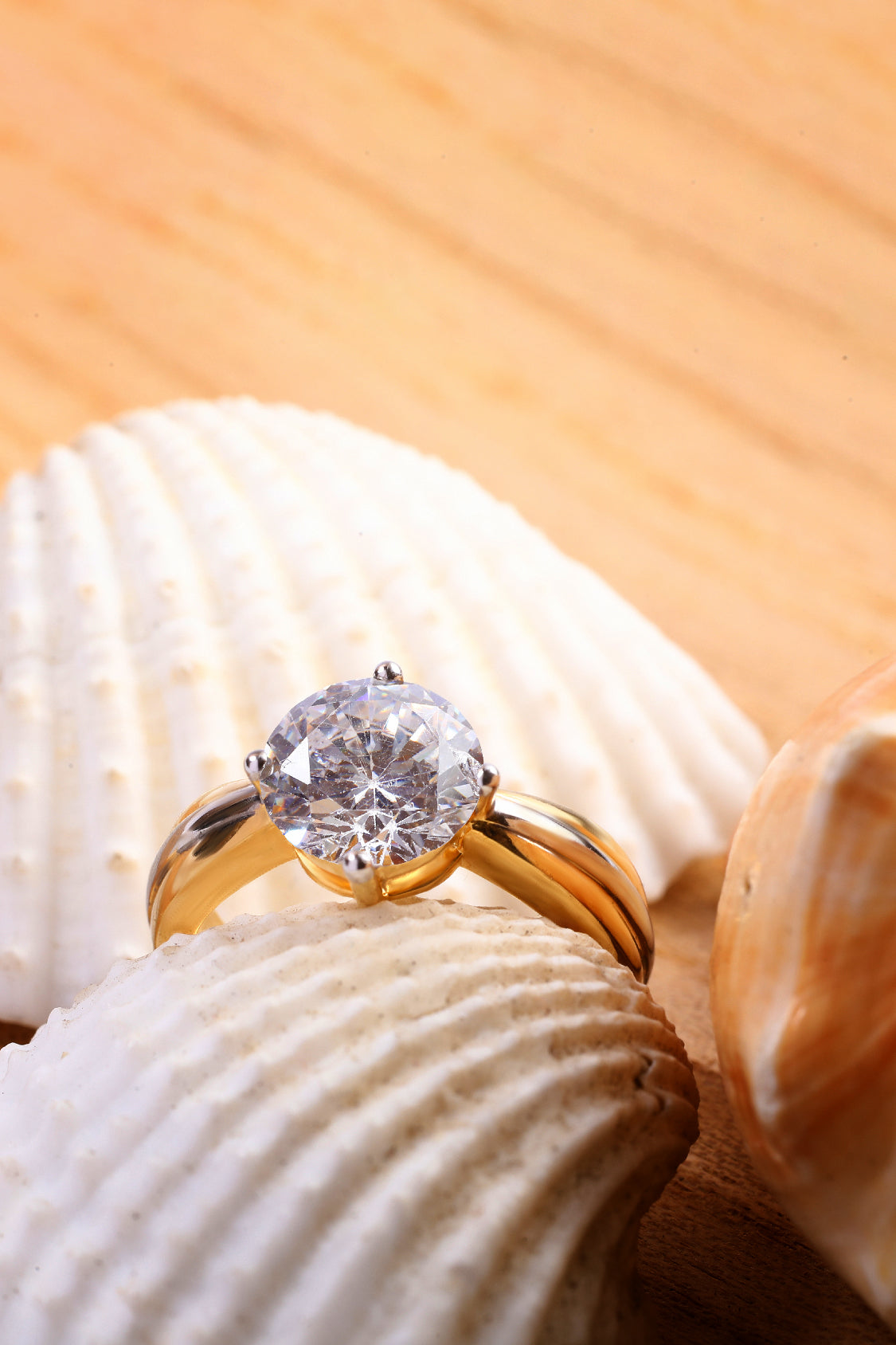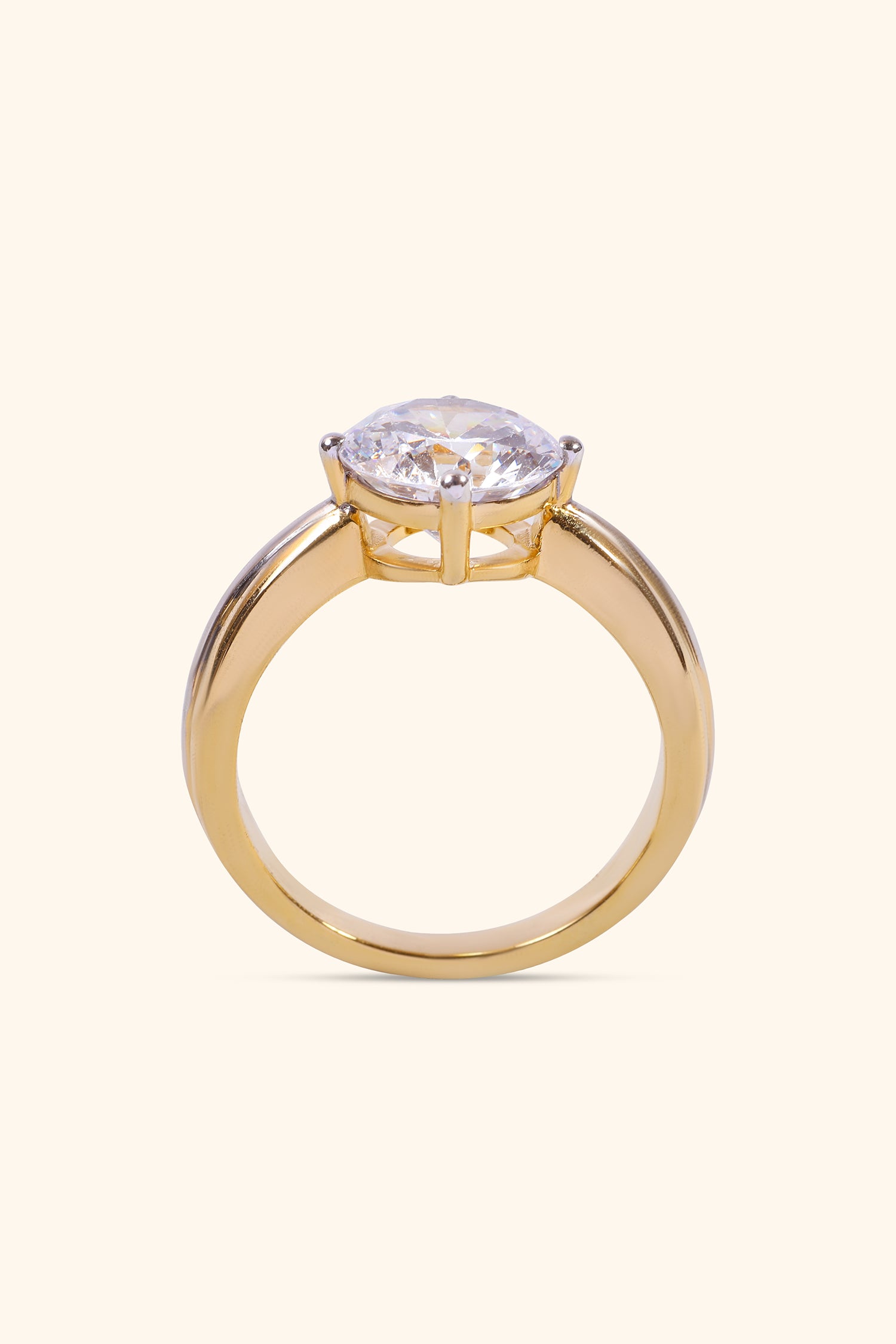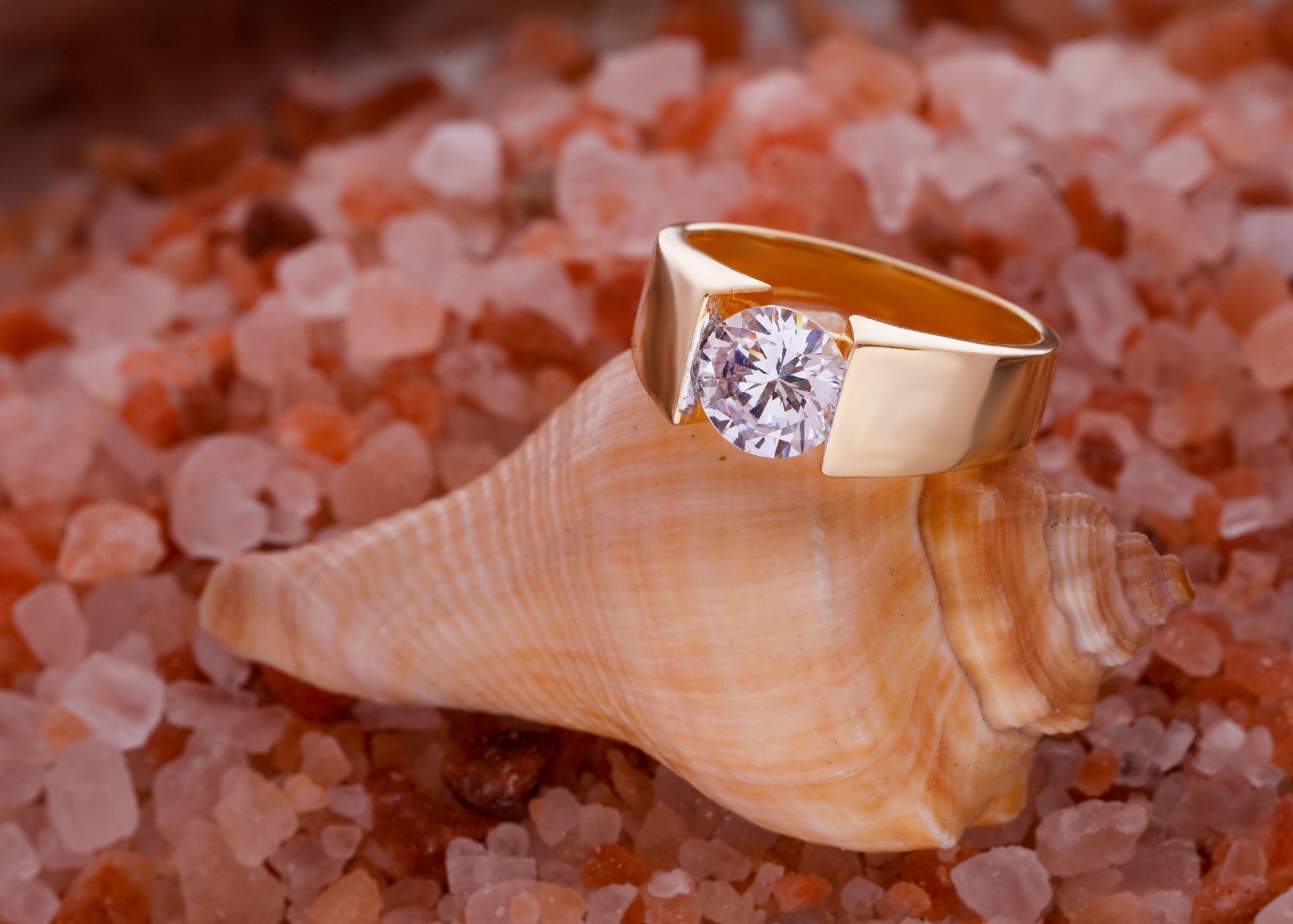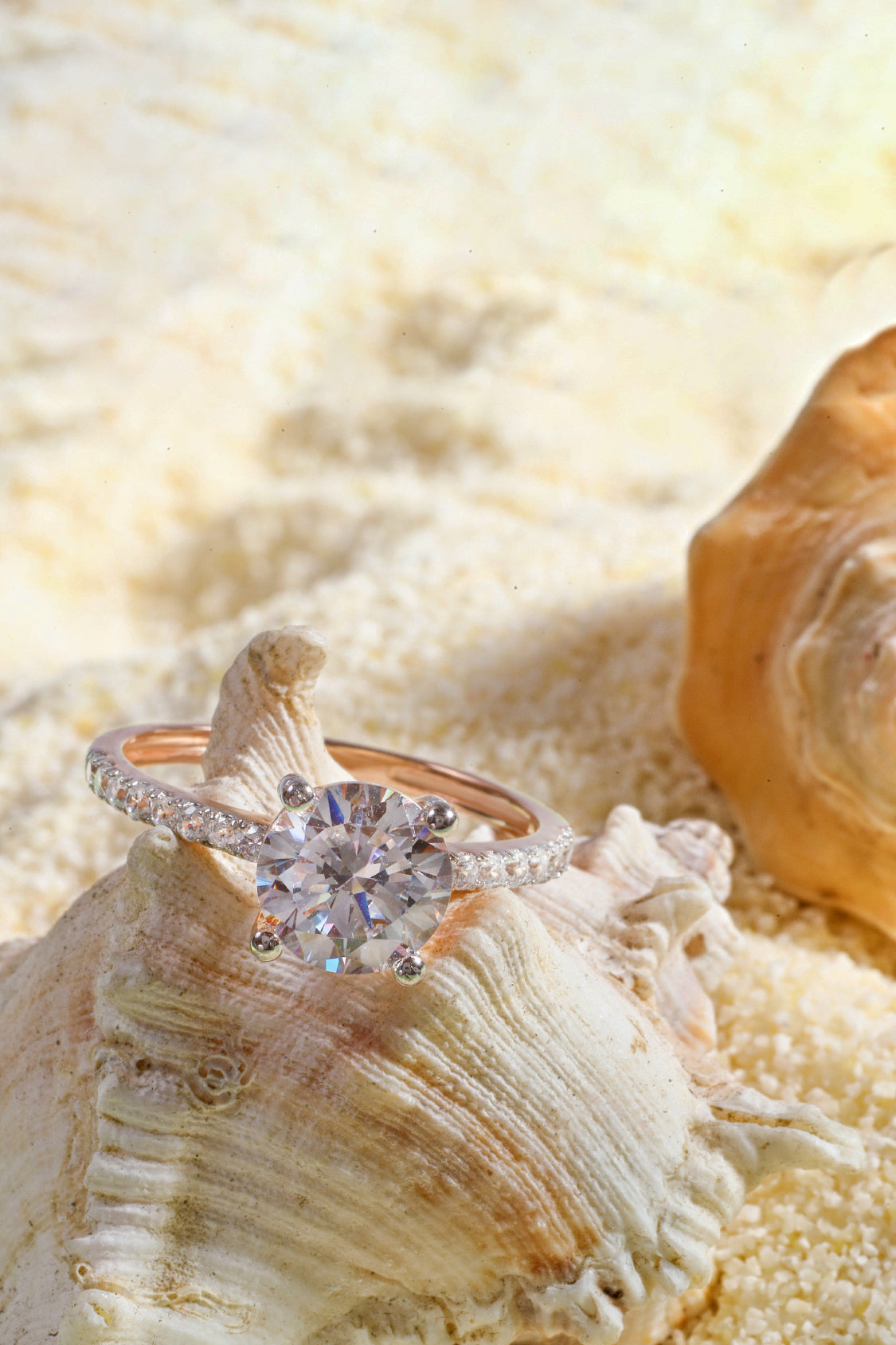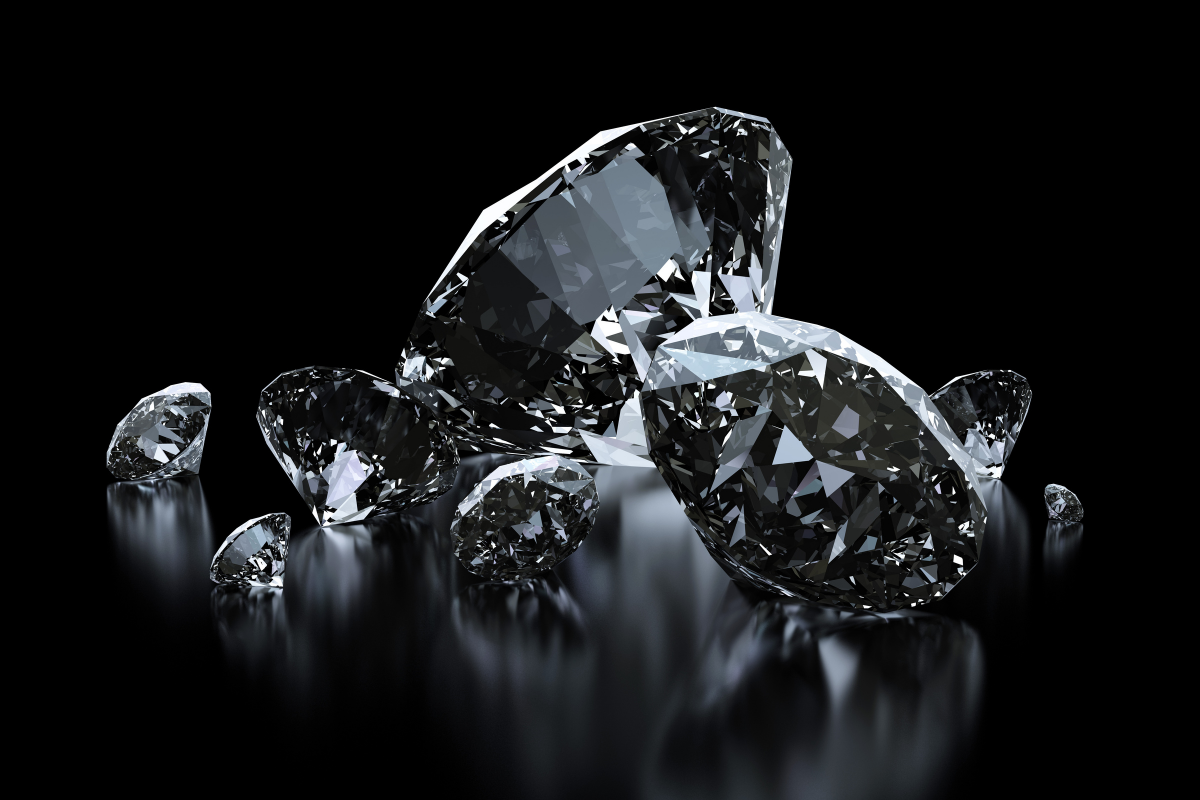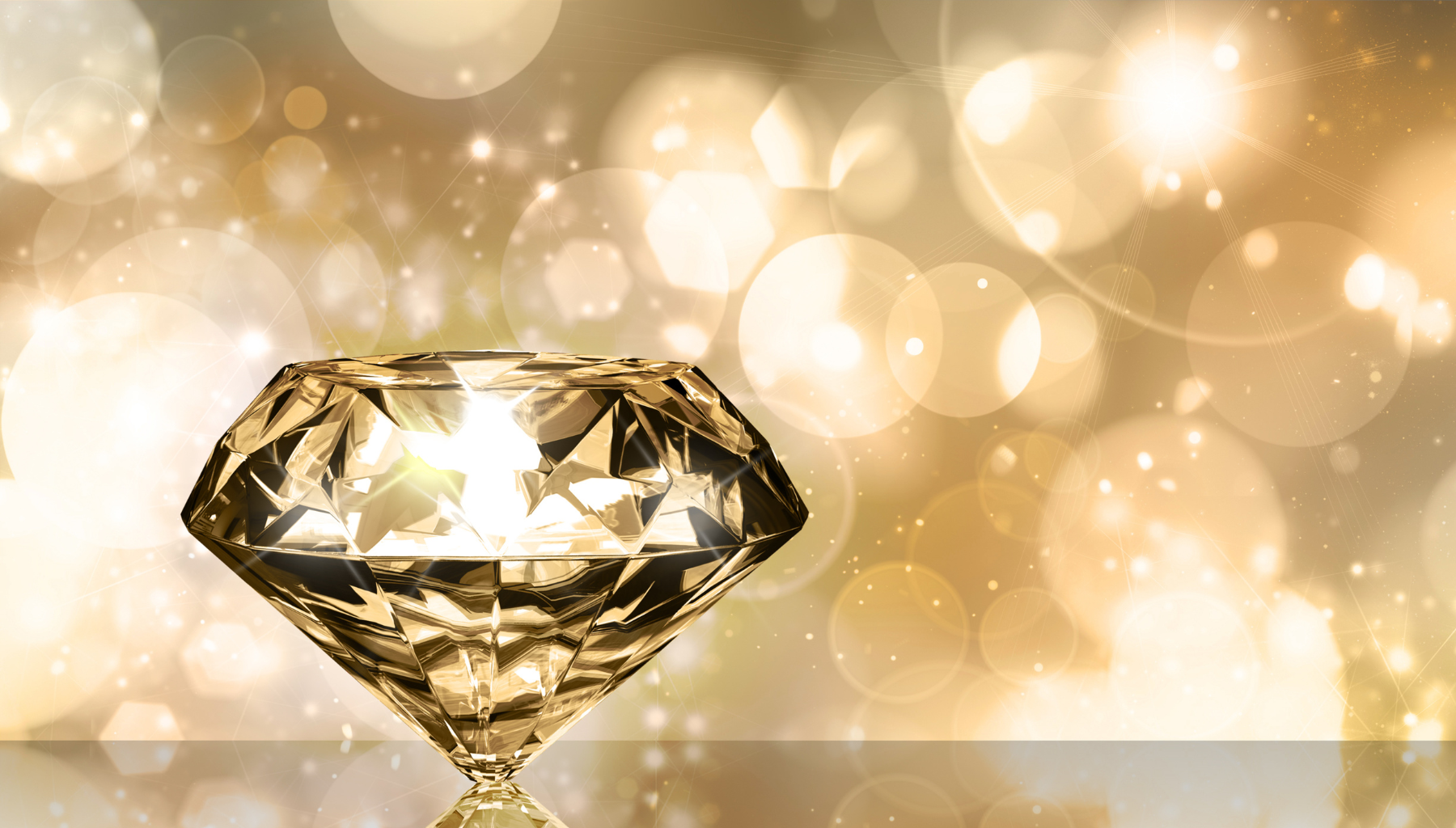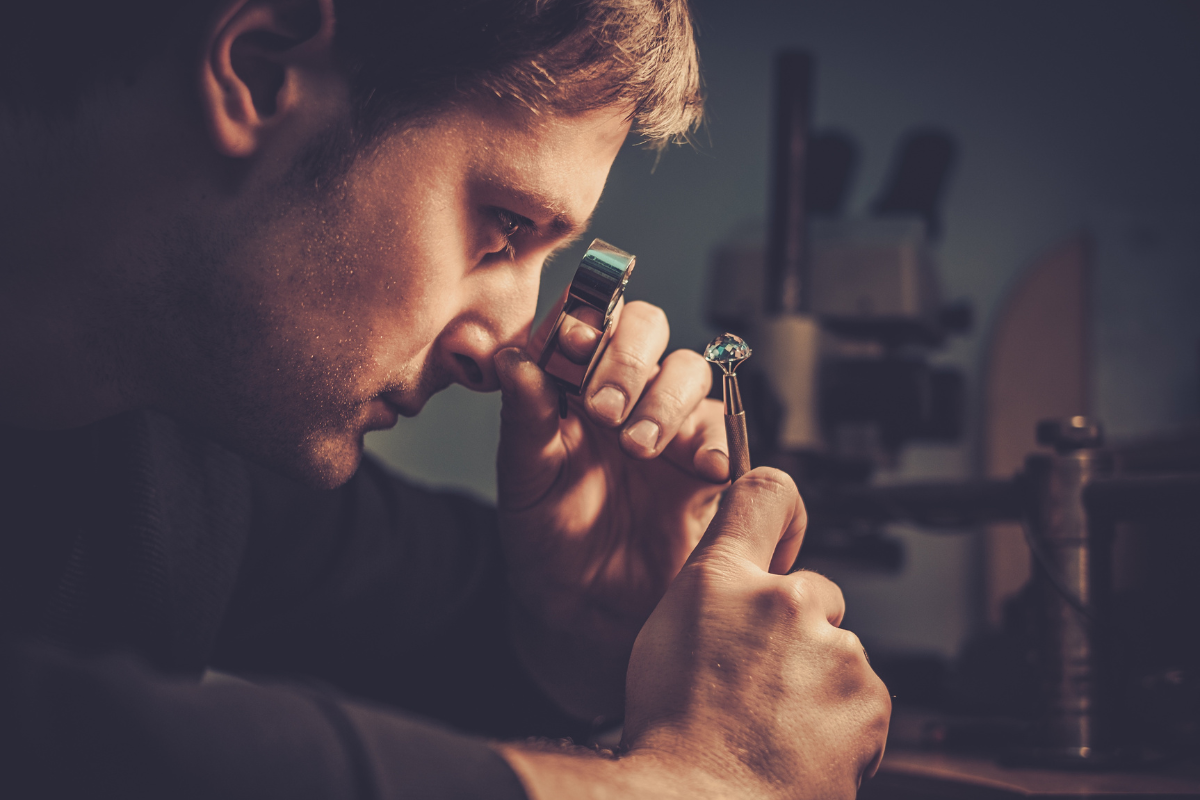
What to Look for in Lab-Grown Diamonds When Jewelry Shopping
Learn what to look for in lab grown diamonds so you never overpay or pick the wrong one. Your smart shopping guide starts here.
Thinking about buying a lab-grown diamond? Smart move. With over 70% of millennials now open to lab-grown options (Source: MVI Marketing), you're in good company.
But let’s be real—shopping for diamonds can feel like decoding a foreign language. Cut, clarity, CVD, fluorescence... what?! Don’t worry.
This guide breaks down exactly what to look for in lab grown diamonds—so you don’t get ripped off or dazzled by bad info. Whether you're eyeing an engagement ring or just treating yourself, we’ll help you shop for cultured diamonds smarter, not harder.
What to Look for in Lab Grown Diamonds: 6 Important Factors Before You Buy
1. Certification Is a Must
Always ask for a certification. This tells you the diamond is real and graded by experts. The Gemological Institute of America (GIA) and International Gemological Institute (IGI) are trusted names. Without a certificate, you might overpay or get a fake. The vast majority of lab diamonds sold today are certified by IGI or GIA.
What Experts Say: “A diamond quality grading report is like a diamond's birth certificate,” says GIA. “It proves what you’re buying.”
2. Know the 4Cs: Cut, Clarity, Color, Carat
The 4Cs help you compare diamonds. Here's what they mean:
-
Cut: A good cut makes your diamond shine.
-
Clarity: Fewer spots and lines mean higher clarity.
-
Color: Less yellow means better color.
Even lab grown diamond jewelry like lab grown diamond rings follow these same rules. So check the 4Cs before you choose.
Fun fact: A 1-carat lab diamond can cost 30-40% less than a mined diamond of the same quality (Forbes, 2023). You can save money and still get beauty.
3. Ask About Growth Method: HPHT vs CVD
Lab diamonds are made in two ways:
-
HPHT (High Pressure High Temperature): This mimics the earth’s natural heat and pressure.
-
CVD (Chemical Vapor Deposition): This uses gas and tech to grow diamonds layer by layer.
Ask which method was used. Some jewelers may prefer one over the cost effective other. Both create grown diamonds that are just as strong and pretty as earth mined diamonds.
4. Check for Fluorescence
Some lab grown diamonds glow under UV light. This glow is called fluorescence. It might not sound like a big deal, but it can affect how your diamond looks. In certain lights, a laboratory grown diamond with strong fluorescence may look cloudy, dull, or even oily.
That’s why you should always ask your jeweler if the diamond has fluorescence. If you're shopping online, ask for a video showing the diamond under UV light.
What to do:
-
Ask: “Does this diamond have fluorescence?”
-
Choose diamonds with none or faint fluorescence for better appearance in daylight.
-
Avoid strong fluorescence if you want a clean, clear look.
-
Check if the glow creates a big difference under natural light.
5. Inspect the Return Policy and Warranty
You wouldn’t buy a phone without a return option, right? The same goes for purchasing lab grown diamond jewelry. A good return policy gives you peace of mind.
Some jewelers offer 30-day returns. Others give 90 days. That’s your time to check how the diamond looks in different light, show it to your partner, or simply change your mind.
Also, check for a warranty. Your diamond is valuable. It should come with protection for damage or loose stones.
What to check:
-
Return window: At least 30 days is ideal.
-
Lifetime warranty: Covers chips, cracks, and loose stones.
-
Look for sellers with clear policies online or in-store.
-
Confirm the diamond comes with a certification from a trusted lab like GIA or IGI.
6. Price Transparency and Ethical Sourcing
Let’s be real—price matters. So does doing the right thing.
You should always know what you’re paying for. A detailed price breakdown helps you compare similar diamonds. Some sellers don’t explain the price, and that’s a problem.
Also, buying a lab created diamond means you’re making an ethical choice. Unlike some mined diamonds or natural diamonds from conflict zones, lab diamonds are created without harming people or the planet.
Smart buying tips:
-
Ask for a price breakdown: Does it include cut, clarity, carat weight, and design?
-
Make sure the diamond is ethically sourced and sustainably produced.
-
Prefer sellers that are transparent and support low-impact laboratory grown production.
-
Look for eco-friendly badges or third-party sustainability claims.
What Experts Say: “Lab diamonds reduce environmental damage and use up to 70% less energy than mined ones,” — Frost & Sullivan Research, 2022
Lab Created Diamonds vs. Mined Diamonds: What’s the Big Difference?
| Features | 🧪 Lab Created Diamonds | 🌎 Mined Diamonds |
|---|---|---|
| Origin | Grown in a lab using CVD or HPHT technology. | Formed naturally in the earth over billions of years. |
| Creation Time | Usually takes weeks to months. | 1 to 3 billion years. |
| Price Comparison | About 30–40% less expensive. More cost effective. | Generally higher due to rarity and mining costs. |
| Environmental Impact | Low impact. Uses less water, land, and energy. | High environmental footprint. Disrupts ecosystems. |
| Ethical Concerns | Free from conflict. Ethically produced. | May involve human rights or conflict zone issues. |
| Certification | Certified by GIA, IGI, or other trusted labs. | Certified by GIA and similar institutes. |
| Structure | Real diamonds with same carbon atom structure. | Also pure carbon atom structure. Physically identical. |
| Value Retention | Still developing resale market. Lower value currently. | Higher resale value due to tradition and demand. |
| Brilliance & Appearance | Identical brilliance and sparkle to the naked eye. | Same brilliance, indistinguishable to the naked eye. |
| Consumer Appeal | Popular with younger buyers focused on ethics and sustainability. | Chosen for tradition, sentiment, and perceived long-term value. |
Why a Certification from the Gemological Institute Matters for Lab Diamonds
When shopping for lab-grown diamonds, one name you should always look for is the Gemological Institute of America (GIA) — or similar trusted labs like IGI (International Gemological Institute). These institutes are the gold standard for diamond grading and certification.
They provide unbiased grading reports that evaluate a diamond’s:
-
Cut (how well it sparkles)
-
Clarity (how clean it is from inclusions)
-
Color (how white or tinted it appears)
-
Carat weight (its size)
Whether your diamond is lab-grown or mined, these details matter. A certification ensures that what the jeweler says matches what you’re actually buying.
Why It’s Important: Without certification, you might:
-
Overpay for a diamond that looks good but lacks quality
-
Buy a diamond that’s mislabeled or not lab-grown
-
Miss red flags like poor cut or unwanted fluorescence
Trusted Labs to Look For:
-
GIA (Gemological Institute of America): Highly respected for strict grading standards
-
IGI (International Gemological Institute): Widely used for lab-grown diamond certification
-
GCAL (Gem Certification & Assurance Lab): Known for double verification and video grading reports
Signs of a High-Quality Lab Created Diamond
| Sign of Quality | What It Means | Why It Matters |
|---|---|---|
| Certification by IGI or GIA | Diamond has been graded by reputable gem labs like IGI or GIA. | Guarantees authenticity, ensures you get exactly what you pay for. |
| Ideal or Excellent Cut Grade | Diamond has optimal proportions for maximum sparkle. | A well-cut diamond outshines even larger stones with poor cut quality. |
| Color Grade of D–H | Diamond appears clear, bright, and nearly colorless. | Provides maximum sparkle and visual appeal without distracting tints. |
| Clarity Grade VS2 or Better | Diamond has minimal visible inclusions (imperfections). | Ensures a visually clean, flawless appearance to the naked eye. |
| Absence or Minimal Fluorescence | Diamond shows little to no glow under UV light. | Maintains consistent beauty in different lighting conditions. |
| Transparency of Origin and Growth Method | Clearly labeled as either CVD or HPHT. | Helps you understand diamond characteristics and market value. |
| High-Quality Polish and Symmetry | Surfaces are smoothly polished; facets align evenly. | Enhances diamond’s brilliance, sparkle, and overall beauty. |
| Competitive & Transparent Pricing | Clearly explains how price relates to diamond’s quality and characteristics. | Indicates ethical business practices and true value for your money. |
How to Choose the Right Lab-Grown Diamond Jewelry
1. Start with Your Lifestyle, Not Just Style
Are you active? Do you wear your rings every day? Then you’ll need something strong and easy to clean. If you're shopping for an engagement ring, think about how it will hold up to everyday use.
-
Platinum is a great metal choice. It’s strong and doesn’t fade.
-
If you work with your hands a lot, go for low-set designs to protect the stone.
2. Zoom In on Diamond Shape—It Changes Everything
Diamond shapes aren’t just about looks—they affect the sparkle, price range, and how big the diamond appears.
-
Round diamonds have the most sparkle but can cost more.
-
Oval or pear shapes look bigger than they really are.
-
Fancy shapes can hide flaws better if clarity is low.
Also, check diamond color. Some people prefer a warmer tone, while others like icy white. The right color and shape can make a big, significant difference in appearance and price.
3. Pick the Right Metal
Your setting matters too. Gold is classic, but platinum is more durable. If you’re going for a modern style, white gold or rose gold might be your thing.
-
Match the metal to your skin tone and wardrobe.
-
Think long-term—will this still suit your style in 10 years?
4. Go for Hidden Details That Matter
When people think about what to look for in lab grown diamonds, they often focus on size and sparkle. But hidden details matter just as much.
Here’s what many buyers miss:
-
The setting that holds the stone.
-
How smooth the edges feel on your finger.
-
The type of metal used. (Platinum or recycled gold are great for daily wear.)
-
Where the diamond was created and how.
Ask about these before purchasing. Some lab created diamonds are made using cleaner, more efficient technology, which means they’re better for the planet. Others say laboratory diamonds may have a contrast in quality depending on how they were made.
Check for features like:
-
Hidden halos under the center diamond.
-
Personal engravings inside the band.
-
Well-polished prongs and smooth under-gallery (the part under the diamond).
5. Try Virtual Try-Ons or Home Previews
It’s hard to buy jewelry without seeing it on you. That’s why virtual try-ons and home previews are becoming more popular—and they really help.
Virtual try-ons use your phone camera to show what the ring looks like on your hand. Some brands even offer home preview kits, so you can test a ring before buying.
This lets you:
-
See how different shapes look on your finger.
-
Test comfort and fit at home.
-
Compare how the diamond reacts to different light.
It’s also safer than guessing from a photo. You avoid buying something that looks great online but feels wrong in person.
Shop From Varniya: A Premium Lab Grown Diamond Jewelry Brand
Varniya is a distinguished name in the world of lab-grown diamond jewelry, seamlessly blending over a century of heritage with modern innovation. As an extension of the esteemed Vummidi legacy, which has been synonymous with exceptional craftsmanship since 1900, Varniya offers jewelry that embodies both tradition and contemporary design.
Why Choose Varniya?
-
Certified Excellence: Every piece from Varniya features 100% certified lab-grown diamonds, ensuring authenticity and superior quality.
-
Diverse Collections: From classic engagement rings to elegant earrings, pendants and men's bands, Varniya provides a wide array of designs to suit various tastes and occasions.
-
Sustainable Luxury: Embracing eco-friendly practices, Varniya's lab-grown diamonds offer a responsible choice without compromising on brilliance or beauty.
-
Customization: For those seeking a personal touch, Varniya offers custom design services, allowing clients to create unique pieces that reflect their individual style.
Choosing Varniya means investing in jewelry that not only radiates elegance but also carries a legacy of trust and excellence into the future.
Lab Diamond Jewelry Care Tips: How to Keep Your Pieces Sparkling
-
Skip the Harsh Chemicals: Don’t soak your lab diamond in bleach or household cleaners.
Instead, mix warm water + mild dish soap, then gently scrub with a soft toothbrush. That’s all it takes to bring back the shine. -
Take It Off (Yes, Really): Remove your jewelry before:
-
Showering
-
Working out
-
Using lotions or perfumes
These create buildup that dulls your diamond’s sparkle over time. -
Use a Microfiber Cloth for Quick Touch-Ups: A simple lint-free microfiber cloth is your best friend. Wipe your diamond every few wears to keep oils and dust away without scratching the surface.
-
Store It Right: Tossing all your jewelry in one box = recipe for scratches.
Use individual pouches or soft-lined compartments to keep your lab diamond safe and separate from other pieces. -
Schedule a Deep Clean Once a Month: Even if your diamond looks clean, dirt hides in the setting.
Soak it for 20 minutes, brush gently, rinse, and pat dry. Or take it to a pro jeweler once every few months for an expert polish. -
Get the Prongs Checked Regularly: Loose prongs = lost stones. Every 6–12 months, have your jeweler check that the diamond is secure — especially for rings you wear daily.
FAQs
1. Is a Lab-Grown Diamond Good for an Engagement Ring?
Yes, it is! A lab-grown diamond is a real diamond. It’s made in a lab using advanced technology, but it looks just like one that came from the ground. It has the same sparkle, strength, and beauty.
If you're shopping for an engagement ring, lab-grown is a smart choice. You’ll get a bigger stone for less money—and it’s ethically created. Plus, laboratory grown diamonds avoid the issues tied to some mined diamonds.
2. What’s the Difference Between a Lab Diamond and Cubic Zirconia?
A lab diamond is real. A cubic zirconia is not. Here’s the difference:
-
Lab diamonds are made from carbon atoms, just like natural diamonds.
-
Cubic zirconia is made from a different material. It’s cheaper and not as hard.
-
A lab diamond will last forever. CZ scratches easily and gets cloudy over time.
3. What are the negatives of lab-grown diamonds?
Lab diamonds are amazing, but nothing is perfect. Here are a few things to know:
-
They don’t hold resale value like natural diamonds (yet).
-
Some people still think mined is “more real,” though that's changing.
-
The market is growing fast, which may affect long-term pricing.
4. What are the disadvantages of buying lab-grown diamonds?
Good question. Here’s a quick list:
-
You might face confusion in the market. Not all sellers label stones clearly.
-
Some created diamonds look too perfect. That may sound great—but some buyers want natural flaws for character.
-
Older people may still prefer natural diamonds out of tradition.
Buying a lab-grown diamond doesn’t have to feel complicated. With the right knowledge, you can shop smart, save money, and feel confident in your choice. Whether you’re picking out an engagement ring or upgrading your sparkle, just remember: certification, clarity, and ethics matter. Now that you know what to look for in lab grown diamonds, you’re not just buying jewelry—you’re investing in value, style, and a cleaner future. Happy shopping!


